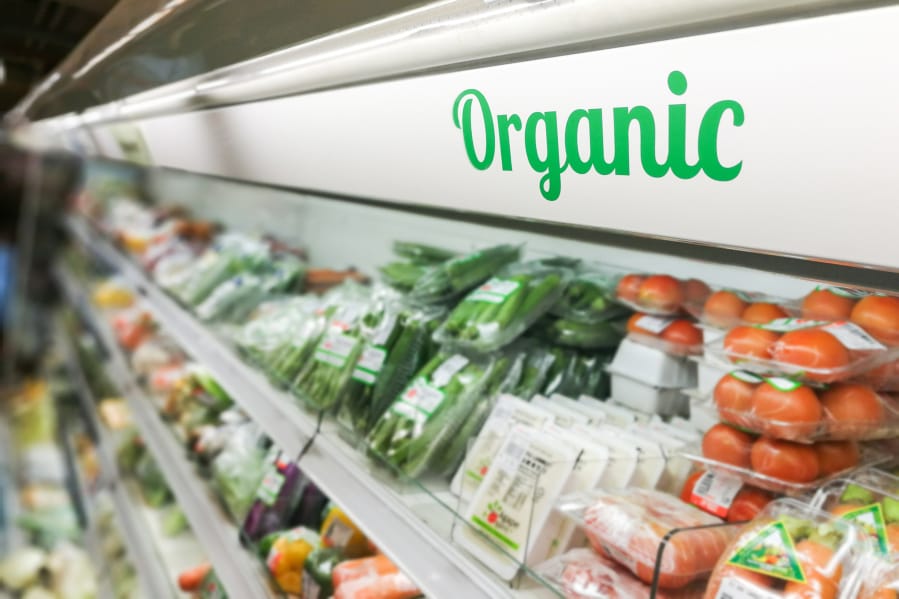This certification means they were grown and processed according to federal guidelines addressing, among many factors, soil quality, animal-raising practices and use of additives. Farmers can’t apply synthetic pesticides or herbicides or use genetically modified seeds. No other “eco” label out there has federal regulations behind it, said Connie Karr, certification director at Oregon Tilth, a USDA-accredited certification organization that inspects farms to ensure regulatory compliance.
If you see terms like natural, cage-free or pasture-raised on a product without the USDA organic label, there are no strict guidelines. “Those are claims that a company can make, but there’s no federal regulation to them. (They) could mean a hundred different things to a hundred different people,” Karr said.
Only 100 percent certified organic products get to display the USDA seal. If a packaged product says it is made with organic ingredients, that means at least 70 percent of those ingredients are organically produced and the rest are made without prohibited practices. These won’t have the USDA seal, but they must identify the USDA-accredited certifier.
• What’s in your egg? Labels like cage-free are targeted at meat, dairy and eggs. Those terms may conjure up images of small Norman Rockwell-esque farms, but again, Karr and Lewis Goldstein, vice president of brand at Organic Valley, a farmer-owned cooperative, say that only organic products have specific guidelines about animal welfare and access to outside. Nonorganic cage-free only means the hens aren’t confined in cages, but they could live in a crowded room with tens of thousands of birds. Nonorganic pasture-raised means birds have access to the outside, but they may not go, and that “pasture” could be a screened-in porch with a concrete floor.



